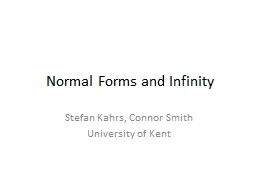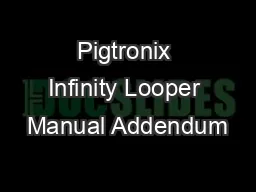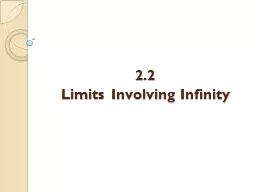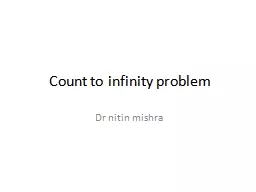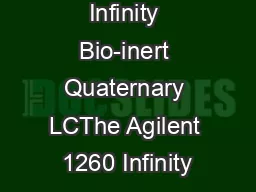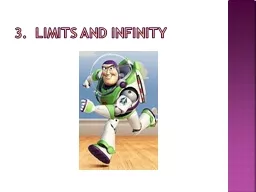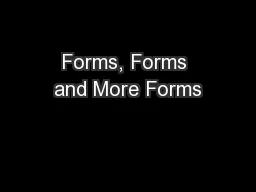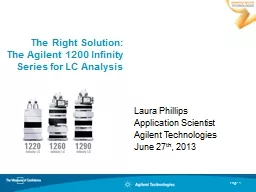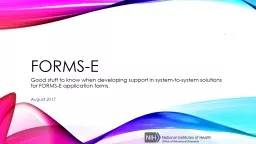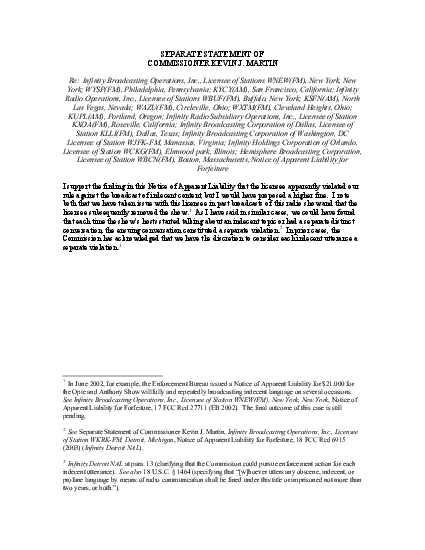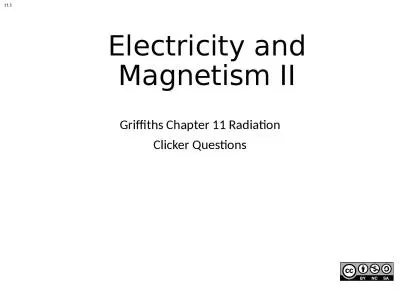PPT-Normal Forms and Infinity
Author : ellena-manuel | Published Date : 2016-07-30
Stefan Kahrs Connor Smith University of Kent Motivation behind this work was not infinitary rewriting at all it was an investigation of a longstanding open problem
Presentation Embed Code
Download Presentation
Download Presentation The PPT/PDF document "Normal Forms and Infinity" is the property of its rightful owner. Permission is granted to download and print the materials on this website for personal, non-commercial use only, and to display it on your personal computer provided you do not modify the materials and that you retain all copyright notices contained in the materials. By downloading content from our website, you accept the terms of this agreement.
Normal Forms and Infinity: Transcript
Download Rules Of Document
"Normal Forms and Infinity"The content belongs to its owner. You may download and print it for personal use, without modification, and keep all copyright notices. By downloading, you agree to these terms.
Related Documents

